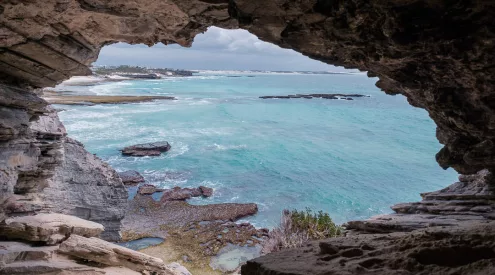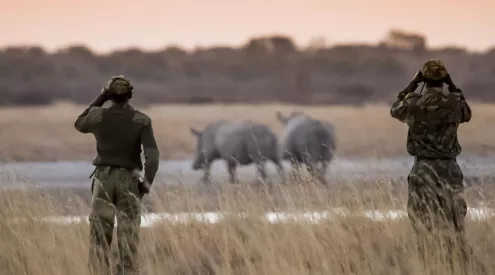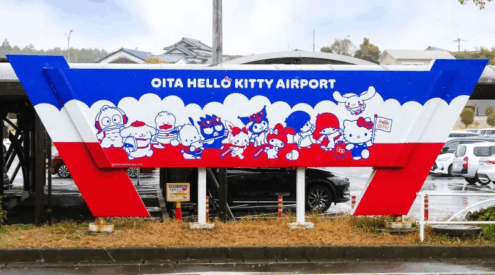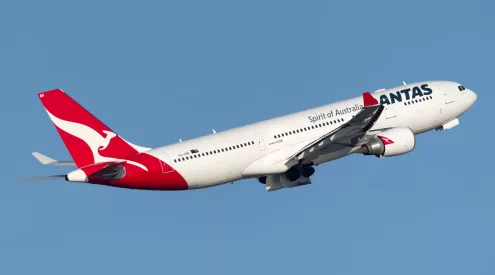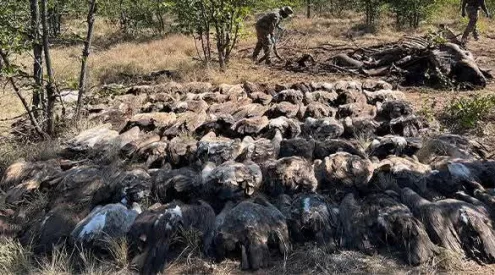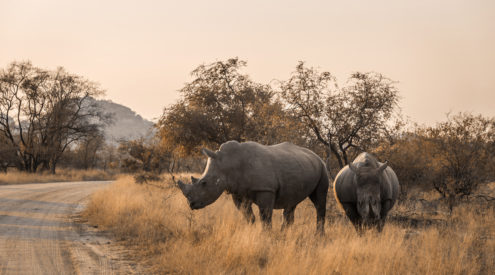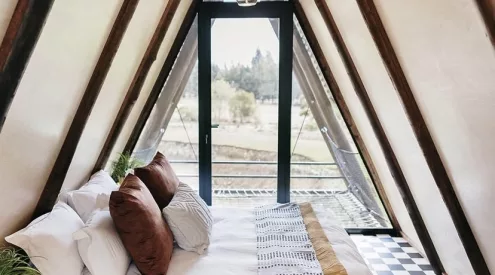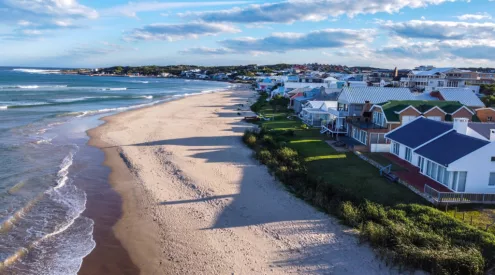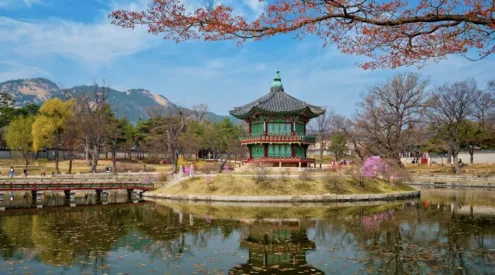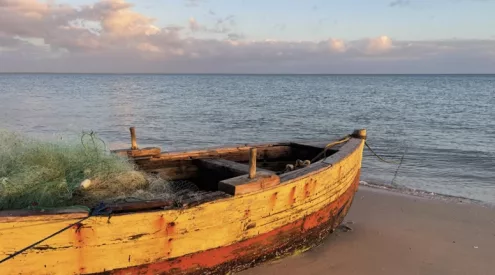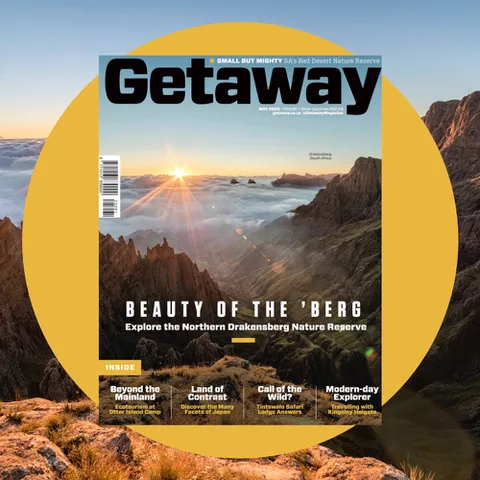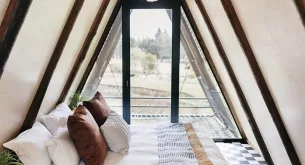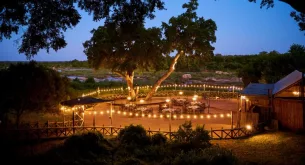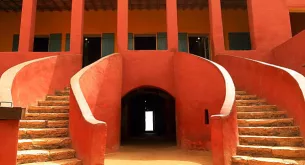Wetlands are biologically diverse ecosystems that provide a habitat for many vital species, acting as buffers against coastal storms and as a natural water filter water, breaking down harmful pollutants.
They could not be a more important gatekeeper, helping protect the natural world by providing a vital sanctuary for animals. South Africa has 23 designated Ramsar Sites, wetlands of international importance. Here are eight of them.
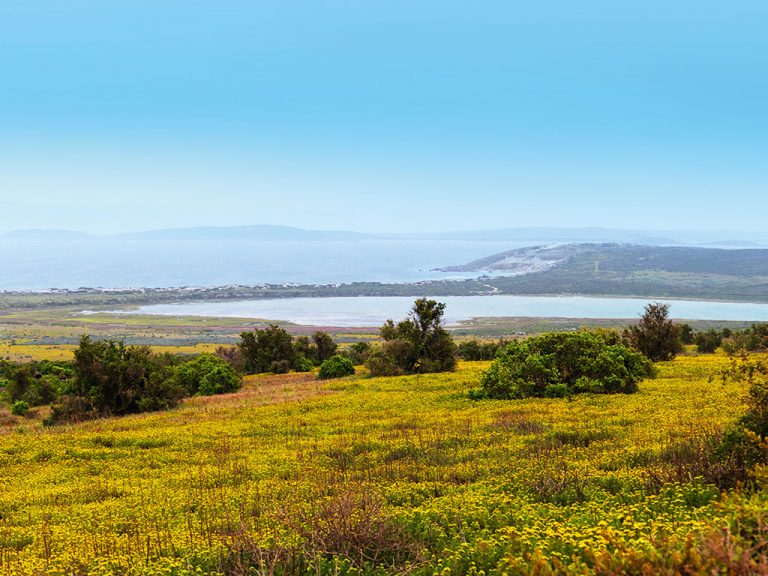
Langebaan Lagoon. Image: Stock
1. Blesbokspruit
Gauteng

Blesbokspruit is home to a wide range of birdlife as well as smaller mammals such as the Yellow Mongoose. Picture: Wikimedia Commons
The Blesbokspruit wetland system is a high-altitude Ramsar site of global significance. It is the largest permanent wetland in the Highveld region of South Africa and the only Ramsar Site in Gauteng. Formed in 1930 during the construction of road and pipeline embankments for the mining industry. The biggest attraction is the Marievale Bird Sanctuary, where one can see
The Bird Sanctuary is recognised as one of South Africa’s important wetland areas, recognised as a Ramsar wetland of international importance in 1986. up to 250 bird species have been identified, several of them listed in the South African Red Data Book of Birds. One can spot the African spoonbills, yellow-billed ducks and goliath herons.
2. De Mond Nature Reserve
Western Cape

Damara Tern Image: Stock image
This World Heritage Site between Arniston and Struisbaai in the Western Cape is home to the Heuningnes Estuary, the smallest Ramsar wetland in South Africa. The estuary is an important nursery for the beautiful seabird, the Damara tern. 180 bird species have been listed in the are and includes the 7km Sterna trail, which winds through the ds through riverine vegetation, a dune forest before following the coast to the river mouth and saltmarshes. More information at Cape Nature.
3. Makuleke Wetlands
Limpopo

Most of Makuleke lies within the Kruger National Park and forms the border of South Africa, Zimbabwe and Mozambique along the Limpopo River. There are 31 scattered pans and other wetland types that makeup Makuleke. It was the first Ramsar Site to be owned and co-managed by a community, not only in South Africa but worldwide. Game is plentiful and buffalo, nyala and bushbuck are common in the area.
The region is not accessible to general tourists. The only way to see this part of the park is as a guest of one of the three concession holders that operate in the region. This arrangement is the result of the land claim settlement with the Makuleke community.
4. Ndumo Game Reserve
KwaZulu-Natal
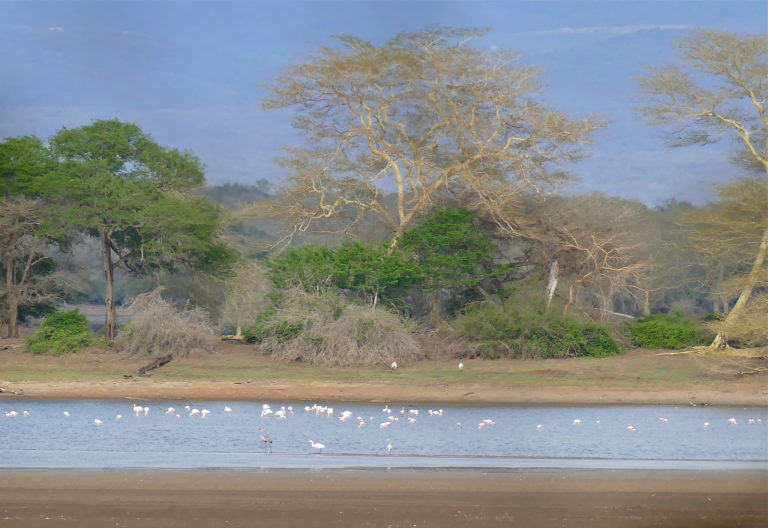
Ndumo in KZN’s Maputaland forms the largest floodplain system in South Africa, consisting of five wetland types. It’s perhaps best known for its magnificent birdlife, with one of the highest bird counts in South Africa (430 species). Renowned for its yellow fever trees and reed beds, the diverse habitat is home to an impressive range of birdlife as well as larger mammals such as giraffes and elephants.
5. Nylsvley Nature Reserve
Limpopo
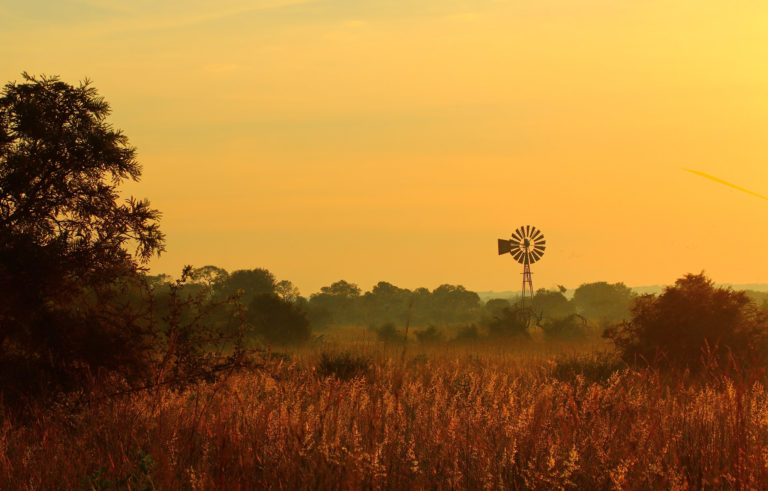
Early Morning in Nylsvley. Picture: Flickr Commons
This floodplain in Limpopo occasionally erupts with activity: 70km long and when fully inundated and 7km wide, it can hold up to 80 000 birds in years of high rainfall. The area houses mosaic of habitats such as Acacia, Combretum and broad-leafed woodland and grassveld floodplain.
The area also serves as a breeding ground for eight red-listed waterbirds and is the only site in South Africa where wild rice naturally occurs. More Information here.
6. Langebaan Lagoon
Western Cape

Picture: Flickr Commons
This large but shallow marine lagoon on the West Coast includes islands, reed beds, sand flats and salt marshes. Orcas, dolphins and Great White’s have been spotted in the lagoon. The five islands of Saldanha Bay to the north of the lagoon provide a home for nearly a quarter of a million seabirds.
The lagoon is only 6 metres deep at its deepest and completely open to the sea. No river runs into it, making it one of only three lagoons worldwide not fed by freshwater. The lagoon supports huge populations of crabs and snails, as well as over 70 different marine algae, serving as a nursery for juvenile fish. The lagoon is the focal point of the West Coast National Park.
7. St Lucia System
KwaZulu Natal

Picture: Flickr Commons
The St Lucia system is a Ramsar and South Africa’s first world heritage site since 1999. Situated along the KZN North Coast, covering 155000 hectares and has one of the largest populations of Nile crocodiles in Southern Africa (it’s estimated there are 1500 crocs over two metres long) and the biggest hippo population in the country.
The system is home to 526 bird species and the second-highest vegetated sand dunes with five predominant interlinked ecosystems. In 2013, after 44 years of absence, lions were reintroduced to the area.
8. Verloren Vallei Nature Reserve
Mpumalanga
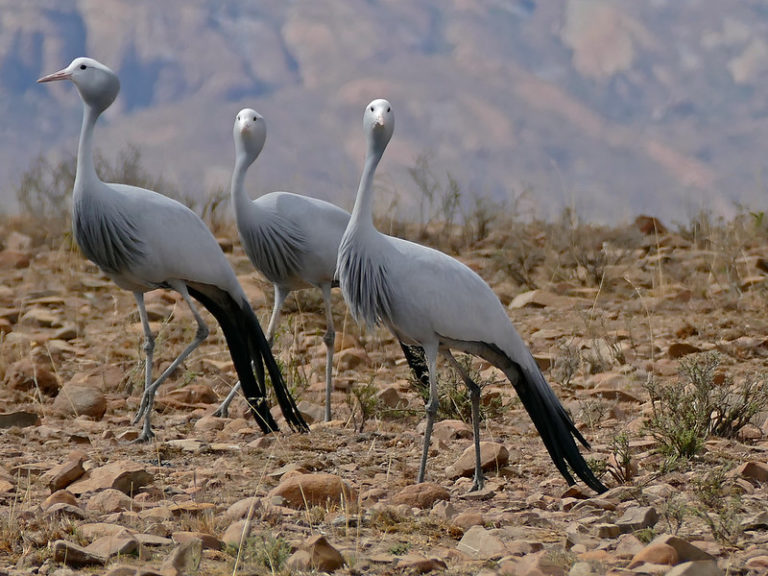
One of the few places in the country to breed the three endangered crane species in South Africa; The Blue, Grey-crowned and wattled Crane. Blue Cranes pictured above taken by Bernard Dupont/ Flickr Commons.
One of the few places in the country where all three of the world’s endangered cranes breed, the Verloren Vallei Nature Reserve in Mpumalanga is an interlinked series of over 30 wetlands. An ongoing project to save the wattled crane has conservationists dress up in crane suits to feed the wattled crane chicks.
Verloren Vallei also includes animals such as the oribi, steenbok, brown hyena, caracal, serval cat, jackal, otters and zebras.

